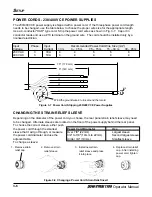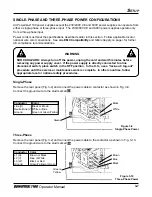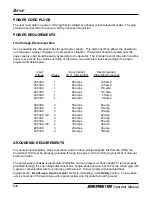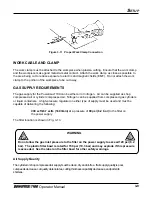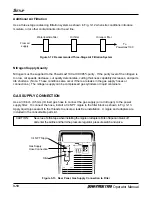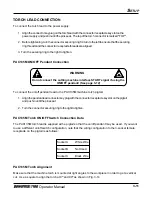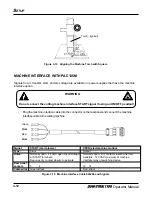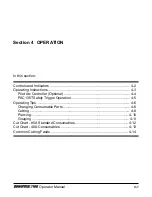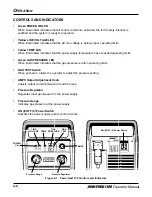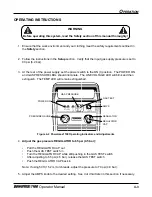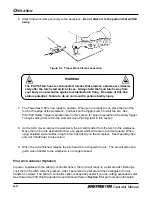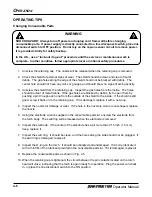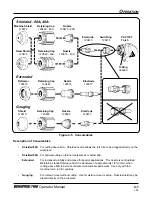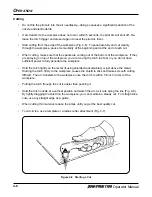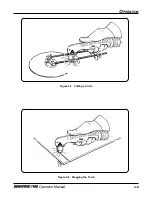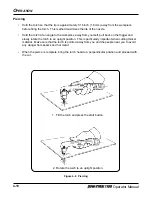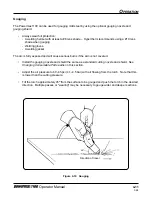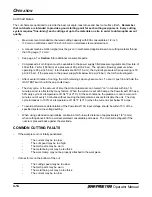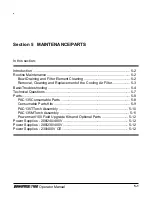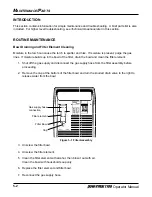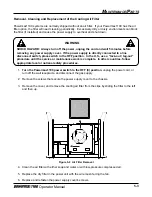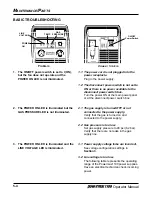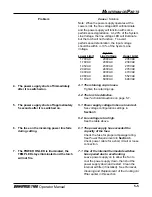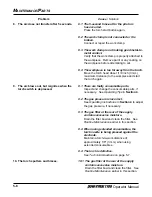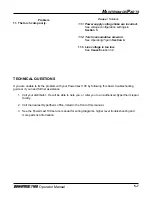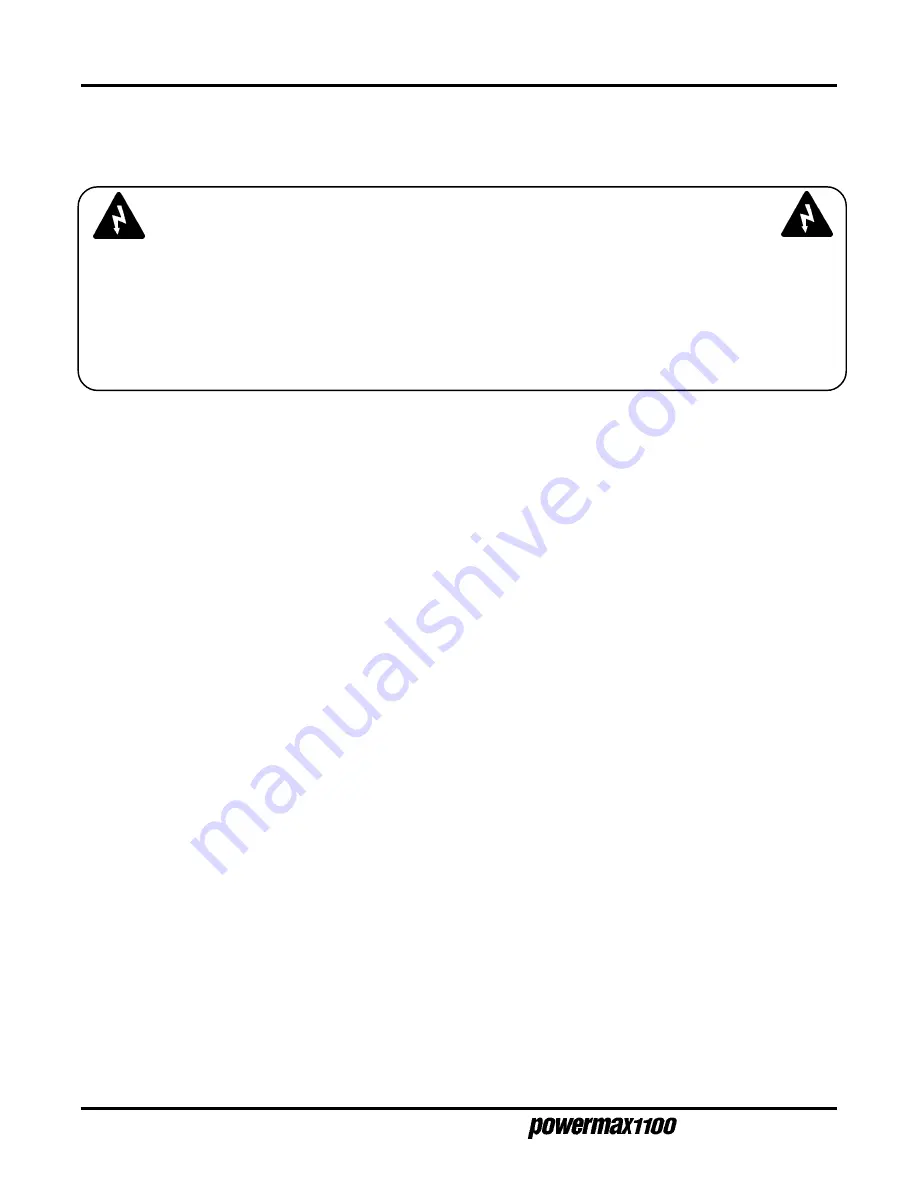
4-6
O
PERATION
Operator Manual
OPERATING TIPS
Changing Consumable Parts
1. Unscrew the retaining cap. The nozzle will be released when the retaining cap is removed.
2. Check the shield for external signs of wear. The shield should be clean and clear of metal
debris. The gas holes along the edge of the shield should not be blocked with debris. The
center hole should not have any nicks or gouges, and should show no signs of arcing activity.
3. Unscrew the shield from the retaining cap. Inspect the gas holes from the inside. The holes
should be clear of metal debris. If the gas holes are blocked by debris, try to open them by
pushing a pin through each one from the outside of the shield to the inside. If the shield is still
good, screw it back on to the retaining cap. If it is damaged, replace it with a new one.
4. Inspect the nozzle for damage or wear. If the hole in the nozzle is worn or oval-shaped, replace
the nozzle.
5. Using the electrode wrench supplied in the consumable parts kit, unscrew the electrode from
the torch body. The swirl ring will be released when the electrode is removed.
6. Inspect the electrode. If the center of the electrode has a pit more than 1/16 inch (1.6 mm)
deep, replace it.
7. Inspect the swirl ring. It should be clean, and the holes along the side should not be plugged. If
the swirl ring is damaged, replace it.
8. Inspect the O-ring on the torch. It should be lubricated and undamaged. If it is dry, lubricate it
with a thin film of the lubricant provided in the consumable parts kit. If it is damaged, replace it.
9. Replace the consumable parts as shown in Fig. 4-5.
10. When the retaining cap is tightened, the circuit between the pin contacts located on the torch
head will close, indicating that the torch is again ready for operation. Plug the power cord back
in, or place the line disconnect switch to the ON position.
WARNING
SHOCK HAZARD: Always turn off power and unplug cord from wall before changing
consumable parts. If power supply is directly connected to a line disconnect switch, place line
disconnect switch to OFF position. Do not rely on the cap-on sensor circuit to remove power.
It is provided strictly for safety backup.
In the U.S., use a "lock-out / tag-out" procedure until the service or maintenance work is
complete. In other countries, follow appropriate local or national safety procedures.


